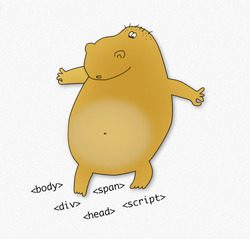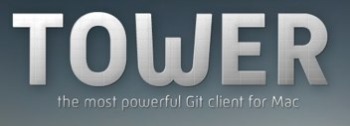Update: This post was written when I had a blog running with the Django web framework. I migrated over to squarespace in 2012.
Wordpress is great! Tumbler is pretty neat too. I’d even use blogger if I had to. But I decided to write my own blog engine in django. It gives me an excuse to use python, and it also keeps my toe in the web programming world. And I love having ultimate control over my site.

It’s not all roses though. My site is pretty ugly and the blog has no features. I really thought long and hard about dumping my entire site and going with something fancy like squarespace or a nice hosted wordpress blog. I even tried them out and was duly impressed. Squarespace was so great I signed up and started converting things over. But alas, I cancelled that idea in the end.
Keeping my django blog seems like a silly decision. I have no time to play around with a web framework I only partially know. But I can’t give up on the things I want to be good at. I love the web and although hand typing HTML makes me feel sick inside, it’s something I will never give up.
Django really hits home with me. It’s powerful, written in python, and the built-in admin panel is the cat’s meow. Building my own blog engine keeps my web skills alive. The more I focus on non web projects, the less I remember about my good pal the web.
It’s about the journey not the destination. So I’ll continue poking along with my half-assed blog engine. And I am going to start blogging again, so things may improve a bit around here.


